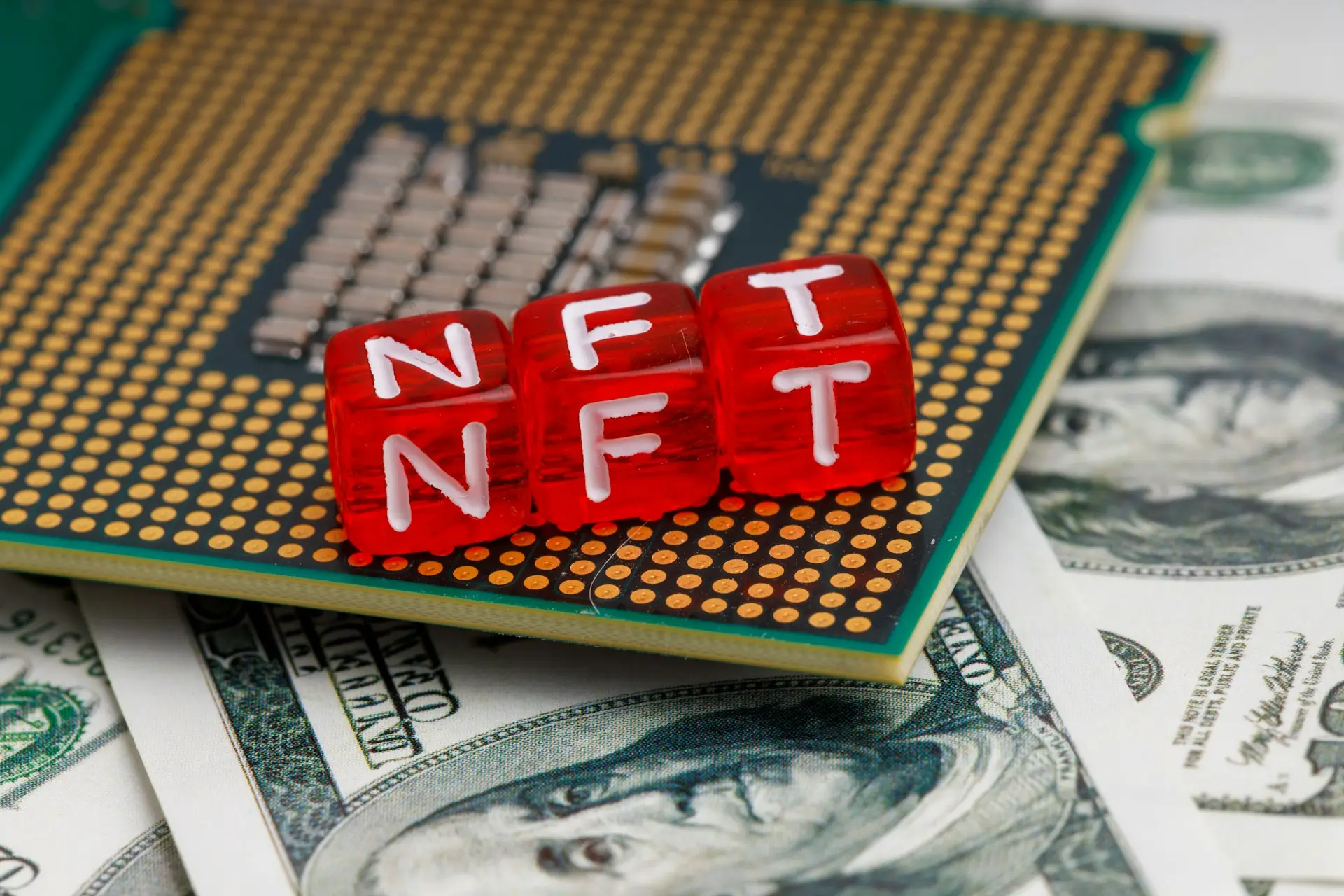

The Future of Digital Ownership: A Deep Dive into NFT
Introduction
In the digital world, ownership has always been tricky. We can copy and share images, videos, and music easily, making it hard to prove who really owns them. This is where NFTs (Non-Fungible Tokens) come in. NFTs are changing how we buy, sell, and own digital assets. Whether it’s artwork, music, video clips, or even virtual land, NFT help prove ownership and ensure that digital items remain unique.
In this article, we’ll explore what NFTs are, how they work, their uses, challenges, and what the future holds for them.
What Are NFTs?
NFT stands for Non-Fungible Token. To understand this, let’s break it down:
- Fungible means something that can be replaced with another identical item. For example, one Bitcoin is equal to another Bitcoin.
- Non-Fungible means something unique that cannot be replaced. A famous painting like the Mona Lisa is one of a kind.
NFTs are digital assets that use blockchain technology to verify ownership. Unlike normal digital files that can be copied endlessly, an NFT is one-of-a-kind and has proof of ownership recorded on the blockchain.
How NFTs Work
NFTs are built on blockchain networks, mainly Ethereum, but also on other platforms like Solana and Binance Smart Chain. They use smart contracts, which are self-executing agreements that store information like:
- The owner of the NFT
- The original creator
- Purchase history
- Special properties (e.g., an artwork’s rarity)
Whenever an NFT is bought or sold, the transaction is recorded on the blockchain, making it secure and transparent.
What Can NFTs Be Used For?
NFTs are not just about digital art. They have many real-world applications. Let’s explore some of them:
1. Digital Art and Collectibles
NFTs have opened new opportunities for artists. In the past, digital art could be copied without crediting the original creator. Now, with NFT, artists can sell their work directly to buyers and even earn royalties whenever their art is resold. Platforms like OpenSea, Rarible, and Foundation help artists sell NFT-based artwork.
2. Gaming and Virtual Goods
Gamers spend billions on virtual items like skins, weapons, and characters. However, these items usually belong to the game developers. NFTs change this by giving players true ownership of in-game assets. Games like Axie Infinity, Decentraland, and The Sandbox allow players to trade and sell NFT-based items for real money.
3. Music and Entertainment
Musicians and content creators are using NFTs to sell exclusive music, videos, and even concert tickets. Instead of relying on record labels, artists can connect directly with fans. Singers like Snoop Dogg and Kings of Leon have already released music as NFTs.
4. Virtual Real Estate
People are buying virtual land in digital worlds using NFTs. Platforms like Decentraland and Cryptovoxels let users buy, develop, and sell virtual properties. Some companies even host events and build virtual malls on these properties.
5. Identity and Certification
NFTs can store information about academic degrees, job certifications, and identity documents. This helps prevent fraud and makes it easier for institutions to verify credentials.
Challenges and Concerns
While NFTs offer exciting opportunities, they also come with challenges:
1. High Energy Consumption
Some NFT transactions use a lot of electricity because they run on blockchains like Ethereum. However, newer technologies, such as Ethereum 2.0 and eco-friendly blockchains, aim to reduce energy use.
2. Scams and Fraud
There have been cases where people sell fake NFTs or steal artwork and list it as their own. Buyers need to do proper research before purchasing an NFT.
3. Market Volatility
NFT prices can be unpredictable. Some NFTs have sold for millions, while others lose their value quickly. Investing in NFTs carries risks.
4. Legal and Regulatory Issues
Governments are still figuring out how to regulate NFTs. Taxation and copyright laws around NFTs remain unclear in many countries.
The Future of NFTs
Despite the challenges, NFTs are evolving, and many believe they are here to stay. Here are some trends we can expect:
1. More Industries Will Use NFTs
Beyond art and gaming, industries like real estate, healthcare, and education could adopt NFTs for secure record-keeping.
2. Improved Technology
With upgrades like Ethereum 2.0 and Layer 2 scaling solutions, NFT transactions will become faster and cheaper.
3. More Real-World Uses
NFTs may be used for real-world assets like property ownership, digital identity, and event tickets.
4. AI-Generated NFTs
Artificial intelligence (AI) may create unique digital assets, further expanding the NFT space.
Conclusion
NFTs have already changed the digital world, and their potential is just beginning to unfold. Whether in art, gaming, music, or identity verification, NFTs are providing new ways to prove ownership and create value in the digital space.
While there are risks and challenges, the long-term impact of NFTs could be significant. As technology improves, NFTs may become a part of everyday life.
👉 What do you think about NFTs? Are they the future or just a trend? Share your thoughts in the comments!
Stay tuned to ZedN Tech for the latest updates on NFTs and blockchain technology!







